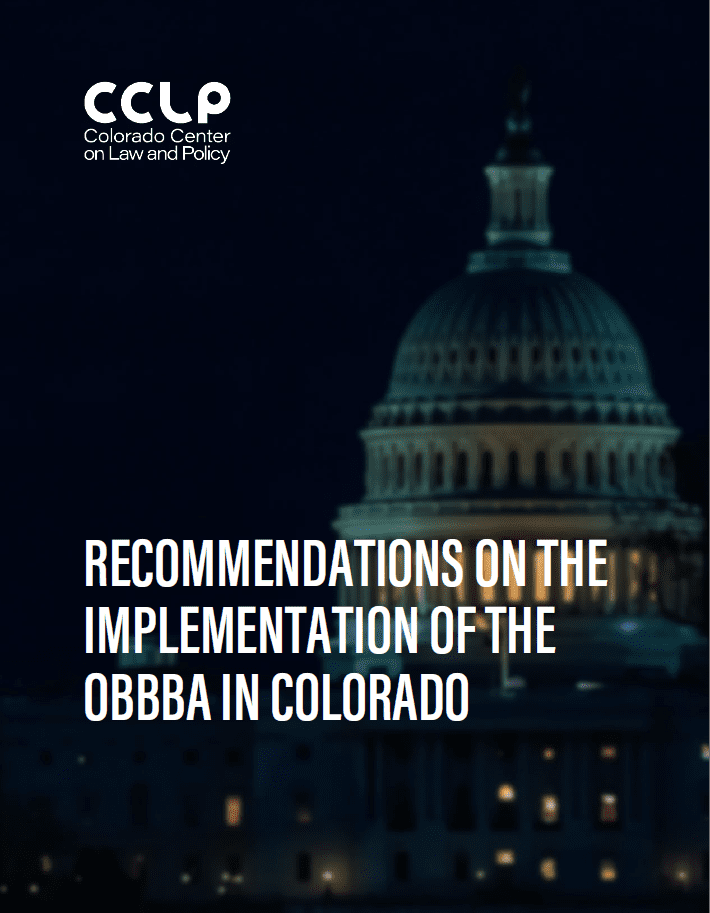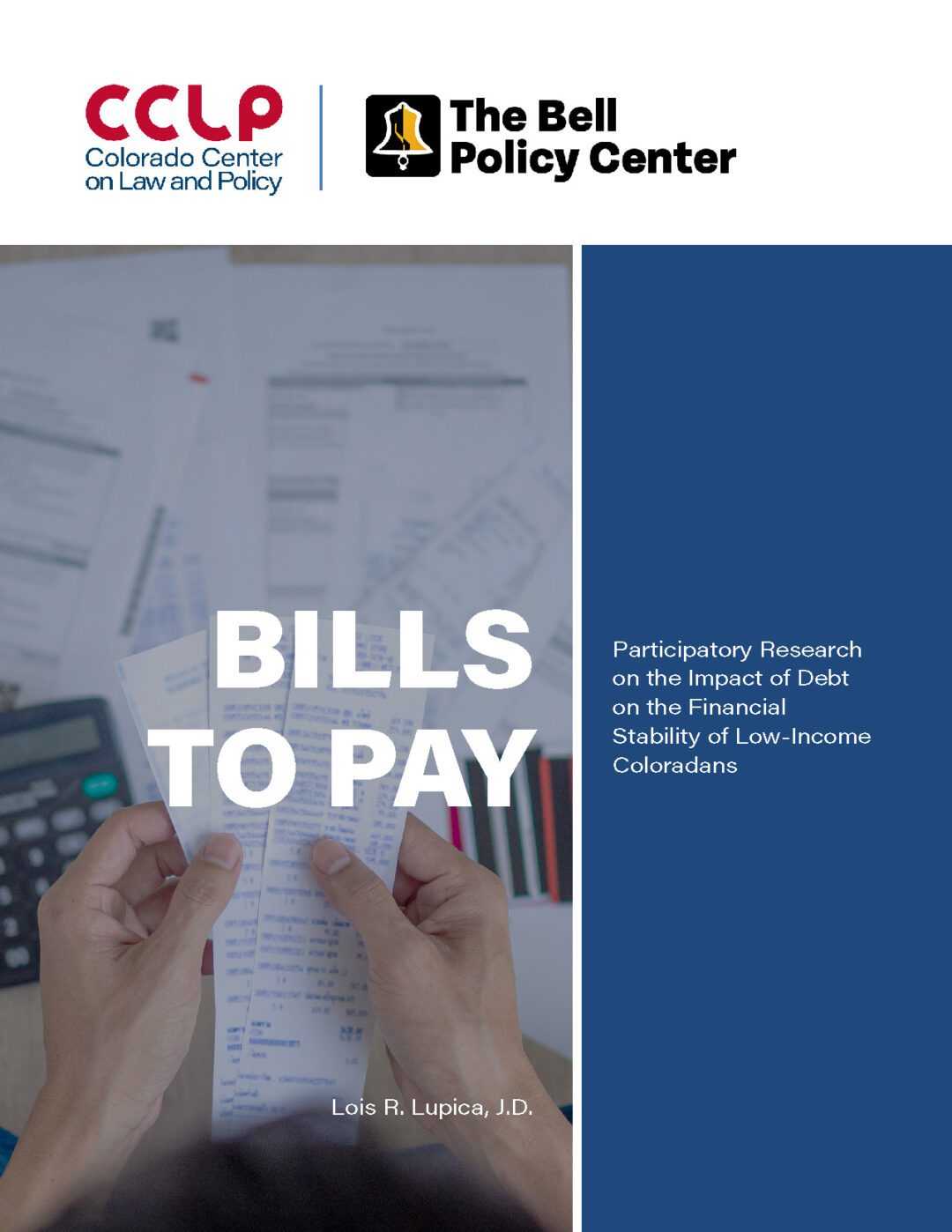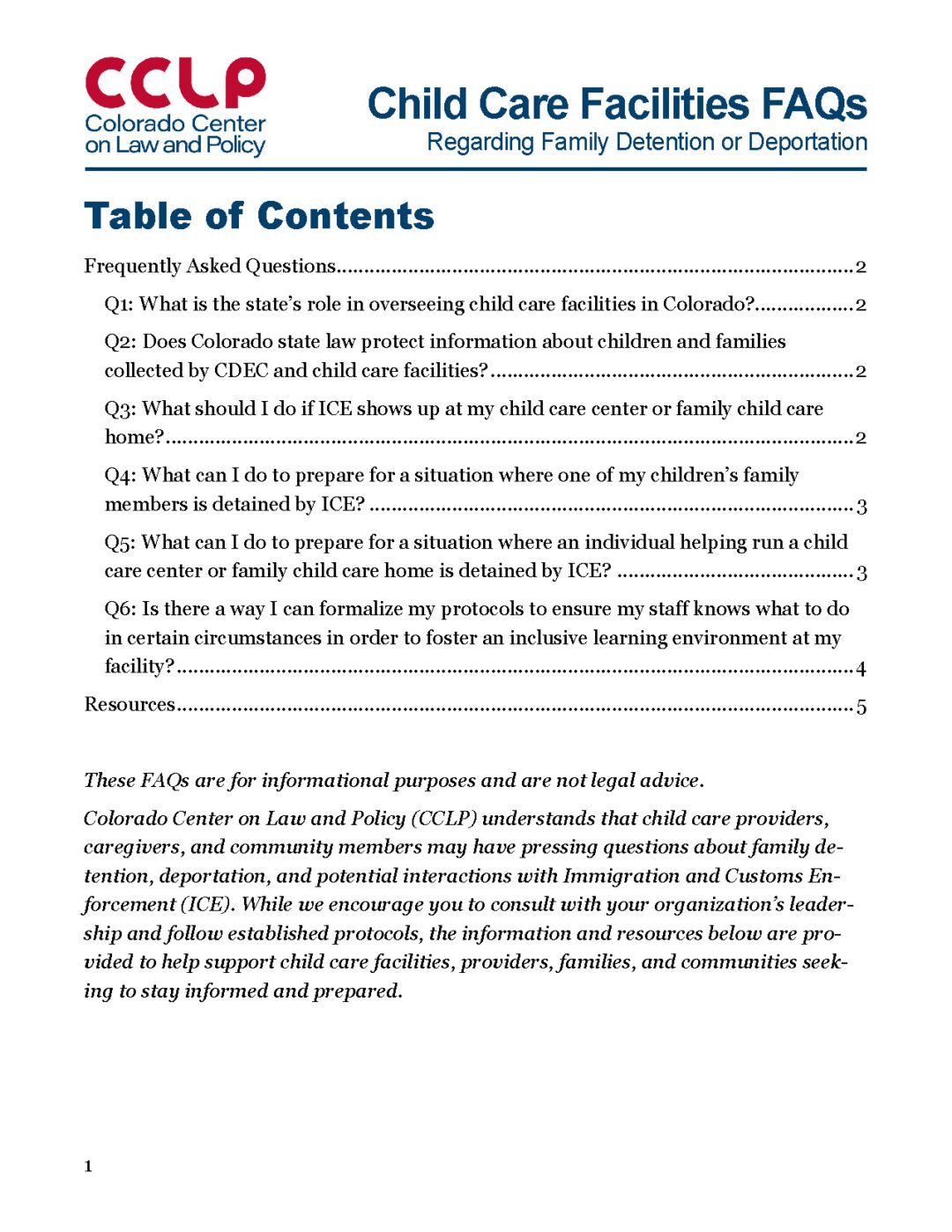View File
As the debate around health care reform evolves at the state and federal levels, there are three critical areas that policymakers must consider: adequacy, accessibility, and affordability.
Affordability is often mentioned as critical in the health care debate, but is seldom put into context. That is the aim of this study – to assist in determining what affordability means for Colorado families.
As families grapple with increasingly difficult economic realities, this study shows clear evidence that low-income Coloradans struggle to make ends meet, many families have little or nothing at all to pay for health care, and, in many cases, health care costs require financial trade-offs elsewhere.
The research shows that families living below 200% of the Federal Poverty Level (FPL) have little if anything to spend on health care after paying for necessary expenses and other financial responsibilities. Most families between 200%-400% of the FPL (between $41,600 and $84,800 for a family of four) could contribute something to health care, but there is nonetheless a substantial minority in this income group who could not contribute anything toward health care. What this research also shows—that is unique to this study—is that families in all income categories, even those up to 500% of FPL ($106,000 for a family of four) make significant trade-offs when it comes to investing in long term opportunities, such as savings and education, once the cost of health care consumes more than 5% of family income.




CCLP Public Comment to HHS Reinterpretation of Federal Public Benefit
Public Comment, Publications